Facts about Chikungunya Fever
 With the recent outbreak of Chikungunya fever at Kampung Ulu Choh in Johor Bahru, I think I need to post some facts about the disease.
With the recent outbreak of Chikungunya fever at Kampung Ulu Choh in Johor Bahru, I think I need to post some facts about the disease. Chikungunya Fever
Chikungunya is a viral fever that is transmitted by the bites of infected Aedes mosquitoes. It resembles dengue fever. Chikungunya fever is characterised by fever, joint pains and rashes. It is rarely life threatening. Chikungunya is a Makonde word (one of the local languages in Tanzania) meaning ‘that which bends up’, and describes the symptoms caused by the severe joint pains that usually accompany the infection.
Aetiology
The Chikungynya virus (CHIKV) belongs to the family Togaviridae, genus Alphavirus. It is found in Africa and Asia.
Mode of Transmission
The virus is transmitted through the bites of Aedes aegypti mosquitoes (same mosquitoes that transmit dengue virus). Aedes albopictus may also play a role in human transmission is Asia. Epidemics usually occurs during rainy seasons.
Chikungunya is a viral fever that is transmitted by the bites of infected Aedes mosquitoes. It resembles dengue fever. Chikungunya fever is characterised by fever, joint pains and rashes. It is rarely life threatening. Chikungunya is a Makonde word (one of the local languages in Tanzania) meaning ‘that which bends up’, and describes the symptoms caused by the severe joint pains that usually accompany the infection.
Aetiology
The Chikungynya virus (CHIKV) belongs to the family Togaviridae, genus Alphavirus. It is found in Africa and Asia.
Mode of Transmission
The virus is transmitted through the bites of Aedes aegypti mosquitoes (same mosquitoes that transmit dengue virus). Aedes albopictus may also play a role in human transmission is Asia. Epidemics usually occurs during rainy seasons.

Epidemiology
The Chikungunya virus was first isolated between 1952-1953 in Tanzania where the disease was first reported. However, a similar outbreak could have happened as early as 1824 in India and elsewhere. This disease is seasonal and may disappear for 7-8 years or as long as 20 years before reappearing elsewhere. It appear in Bangkok in the 1960s; in Sri Lanka in 1969; Vietnam in 1975; Myanmar in 1975; Indonesia in 1982 and 1999; and in various parts of India including Vellore, Calcutta and Maharastha in 1964 and 2006.
Clinical Presentation
The incubation period is 1-12 days (average 2-3 days). Most cases are asymptomatic. The disease is self-limiting. Most patients usually recover within 1 week. Other features are
• Fever- rapid rise with chills.
• Joint pains – many joints, mostly small joints. May have joint swellings.
• Rash – maculopapular, may be itchy. Appears first on bod
 y, limbs, face, palms and soles.
y, limbs, face, palms and soles.• Muscle aches
• Conjunctivitis
• Headache, photophobia, retro-orbital pain
• Sorethoat
• Nausea
• Petechiae on skin
• Bleeding gums
• Seizure may appear in children
Laboratory investigation
• Blood count: low white cell count with raise lymphocytes count (common inviral infection)
• Raise ESR, CRP (non specific)
• Virus isolation
• IgM detection (ELISA)
• Haemagglutination Inhibition (HI) antibodies – positive by day 5-7
Treatment
There is no specific treatment. Management is mainly supportive. Antipyretic for fever and analgesic for joint pain.
Prognosis
Most patients recover fully over a few weeks. About 5-10% develops chronic joint pain, stiffness and swelling. However there has been no permanent joint deformity reported.
Prevention
Control of breeding grounds for mosquitoes.
Prevent mosquito bites – repellent, mosquito netting.
.
Labels: Malaysia, Medical Students, Medicine




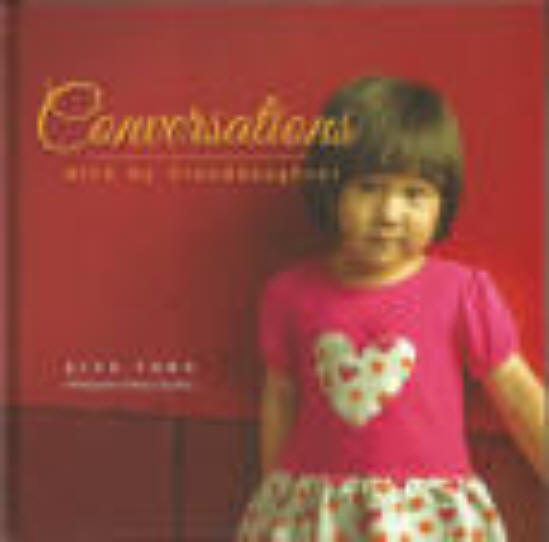
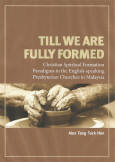

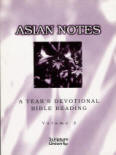
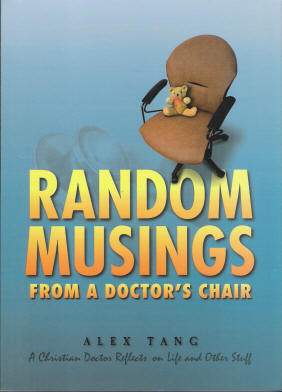



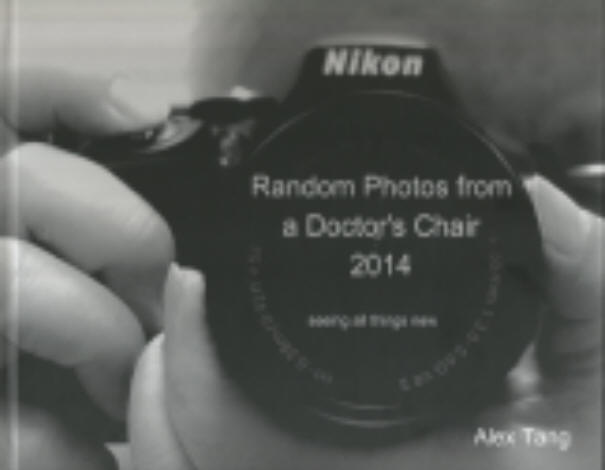


0 Comments:
Post a Comment
<< Home